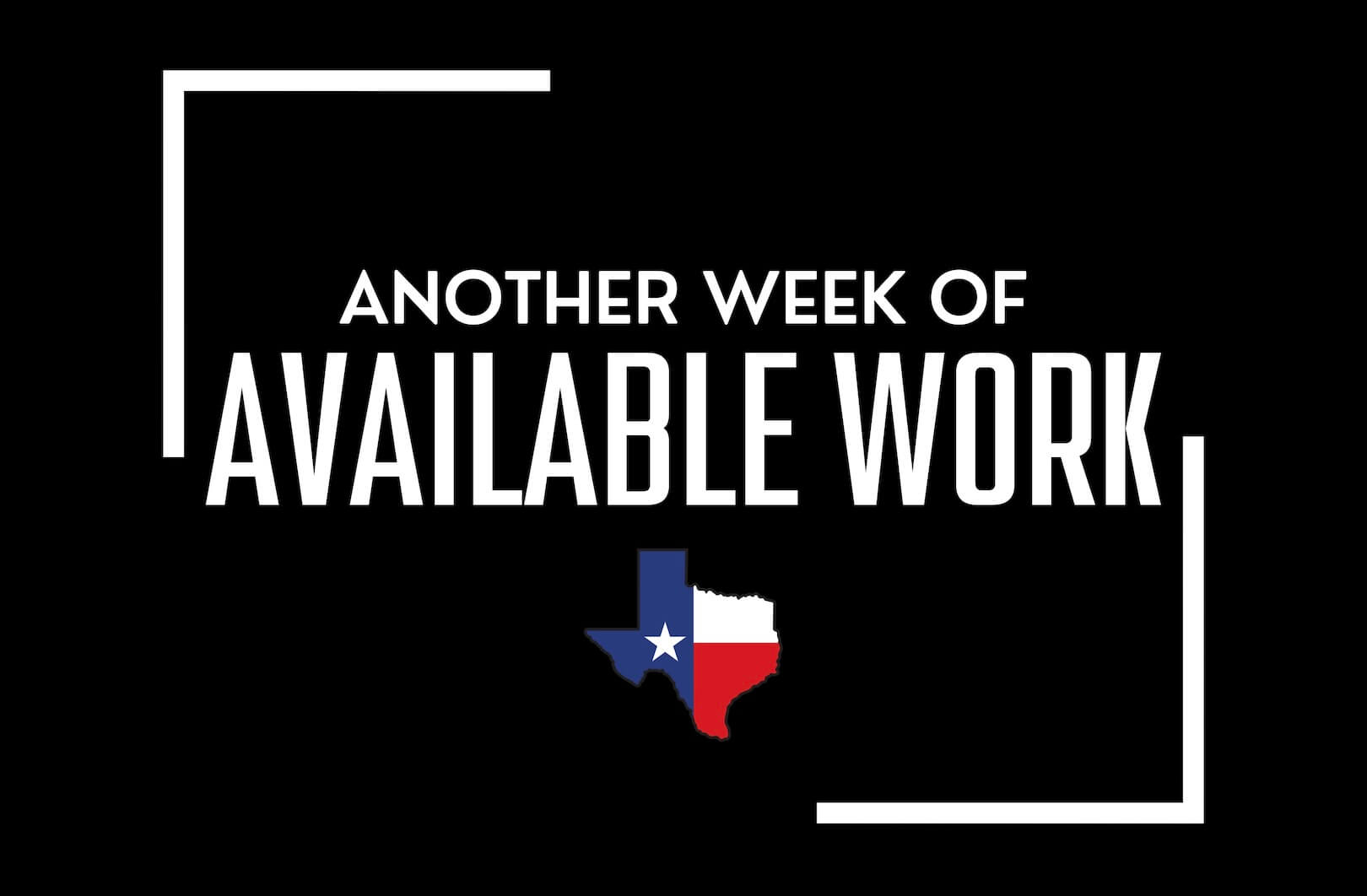Another Week of Available Work: Making Sense of the Numbers
At its core, labor market data gives employers a snapshot of what’s happening in the local economy: who’s hiring, what industries are growing, how wages compare, and where the talent is. Will Lutz explains that while the numbers might seem abstract, they tell a very real story about the business landscape. Whether you’re trying to understand if your wages are competitive or simply want a better grasp of the economic climate, this data can reveal a lot.
For instance, comparing your wages to the average for your region and industry might explain why you’re having trouble filling a role—or help you avoid overpaying when you don’t need to. It’s like having a local market cheat sheet in your back pocket.
Why It Matters
Understanding workforce trends can be the difference between a successful hire and a revolving door. Knowing whether you’re operating in a region with a surplus of skilled workers—or a shortage—can inform everything from your job descriptions to your recruiting budget. The data can also offer insights into the types of jobs people are looking for, helping you shape roles that meet current demands.
It’s not just about hiring, either. Labor market data can influence everything from workforce planning to identifying expansion opportunities. If you’re scouting a new city or region for a second office or store, knowing what kinds of jobs dominate the local economy—and what people there earn—can help you choose the right spot.
Where the Data Comes From
You don’t need to hire a data scientist to access this information. Much of it is collected through employer surveys and government partnerships and is made freely available through the Texas Workforce Commission. That means small business owners have access to the same insights as major corporations. The more businesses participate in surveys and reporting, the more accurate and useful the data becomes—for everyone.
Educators, Take Note
It’s not just employers who benefit from this kind of intel. Educators and training providers use labor market data to align their courses with the real-world needs of employers. That means more students graduating with relevant, job-ready skills—and more talent available for Texas businesses.
Demystifying the Unemployment Rate
Lutz also clears up a common misconception: the unemployment rate doesn’t count everyone who isn’t working. It only includes people actively looking for a job. That’s an important distinction when you’re trying to interpret what the number really means for your hiring plans.
The Big Picture
Labor market data isn’t dry or academic—it’s actionable. It helps business owners make informed decisions based on facts, not assumptions. Whether you’re looking to grow your team, expand to a new city, or simply understand your industry better, tapping into Texas’ labor market data can give you a serious edge.
And the best part? You don’t have to figure it out alone. The Texas Workforce Commission is here to help business owners navigate these numbers and turn insight into action.
Listen to the full episode of How Labor Market Data Can Affect your Bottom Line with Will Lutz and unlock the tools to grow smarter.

